When Mac bought 4 calves, I knew he meant business. For self-sufficiency on the farm, even John Seymour said that one cow is enough. It provides you also with your dairy needs including cheese. The four were Aberdeen Angus, a Scottish breed well regarded for its meat and even temper. So down the line, there was a herd planned. Since we didn’t have a milk quota, we couldn’t just produce milk without end. One cow for our personal consumption would have been OK, but we didn’t need more than half a gallon a day for ourselves and neither Mac nor I felt like milking. We didn’t know how to either. But that we could have learned from The Book of course. A cow needs regular milking twice a day. There was a limit, however, to what Mac was willing to do and that didn’t include getting up and milking every morning, or being around late each afternoon. We saw neighbors driving their cattle home along the road each day in the morning and evening messing up the roadway in the process. This was great excitement each time for the dogs steering them; when an impatient car had to follow them patiently until they turned into their familiar yard entrance; or for the farmer’s wife, armed with a stick in wellies and headscarf when it rained. It seemed to be a woman’s job and it seemed to rain a lot. Sometimes children would follow in the back to keep the herd together. Some cows are notorious for sampling what hedgerows have to offer.
We named our new additions to the family Rira, Lulu, Micki and Roisin; two after the characters in Amy’s Irish reader and the other two after my mother and father. Micki‘s purpose in life was to provide us with beef some day. Mac finally explained his intentions that we were starting a herd of suckling cows and that we were into grass and beef — instead of dairy. The calves were already weaned and quickly outgrew our orchard. That’s why we had kept the 4 acres for initially while the rest of the farm was rented out in the first year. Mac had put his economist’s hat on while walking the land one day and a shift change from self-sufficiency to commercial agriculture had occurred by the end of that first year. Our escapist enterprise had to become a viable business.
So we had to learn more about being in the beef business. Cattle come as little bulls and little cows. Bulls must be castrated when less than two months old. For that you don’t need a vet. Elastic bands are fitted around their testicles and they shrivel away over time - some have to be cut then; mercifully, some not - and then they turn into “bullocks.” Easy as pie. Even Nicole Kidman learned to do it for her role in Australia where she plays a British aristocrat of 1930 who get a cattle station as inheritance. For full instructions see How to Castrate a Bull. It keeps bulls' temperments in check -- a wise move unless you are breeding for bulls fights. Nobody in Ireland said steer or oxen. Bullocks — not to be confused with bollocks. It often sounded the same. As did ballcocks, which caused quite a stir lately on an Irish radio show and in ongoing jokes. But that's another story.
Subscribe to:
Post Comments (Atom)




























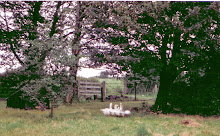





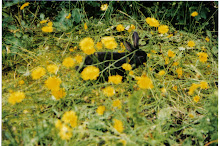








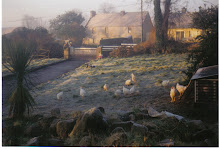
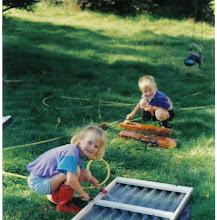











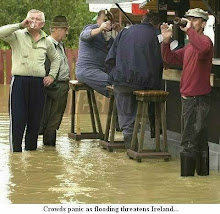


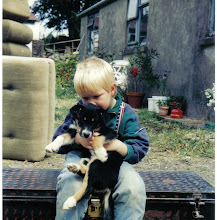
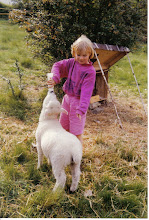

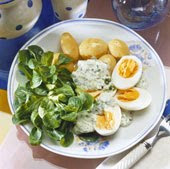
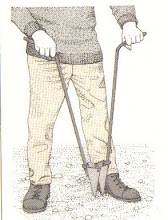
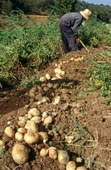

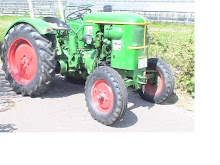




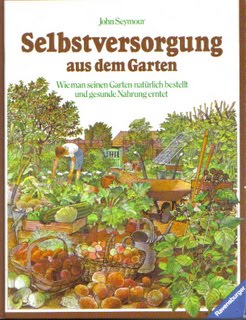

I have got got caught quite a few times in my travels around the countryside in an 'Irish traffic Jam' behind cattle.
ReplyDeleteYou forgot the nicknames on cattle that we have here
Aberdeen Angus = Black Polly/ Polly (Polled)
Black Hereford = Blackwhitehead (animals colour)
Hereford = Redwhitehead (animals colour)
Thanks for comment, Paz. Didn't know...and we didn't have the other 2 breeds you mentioned.Happy traveling!
ReplyDelete